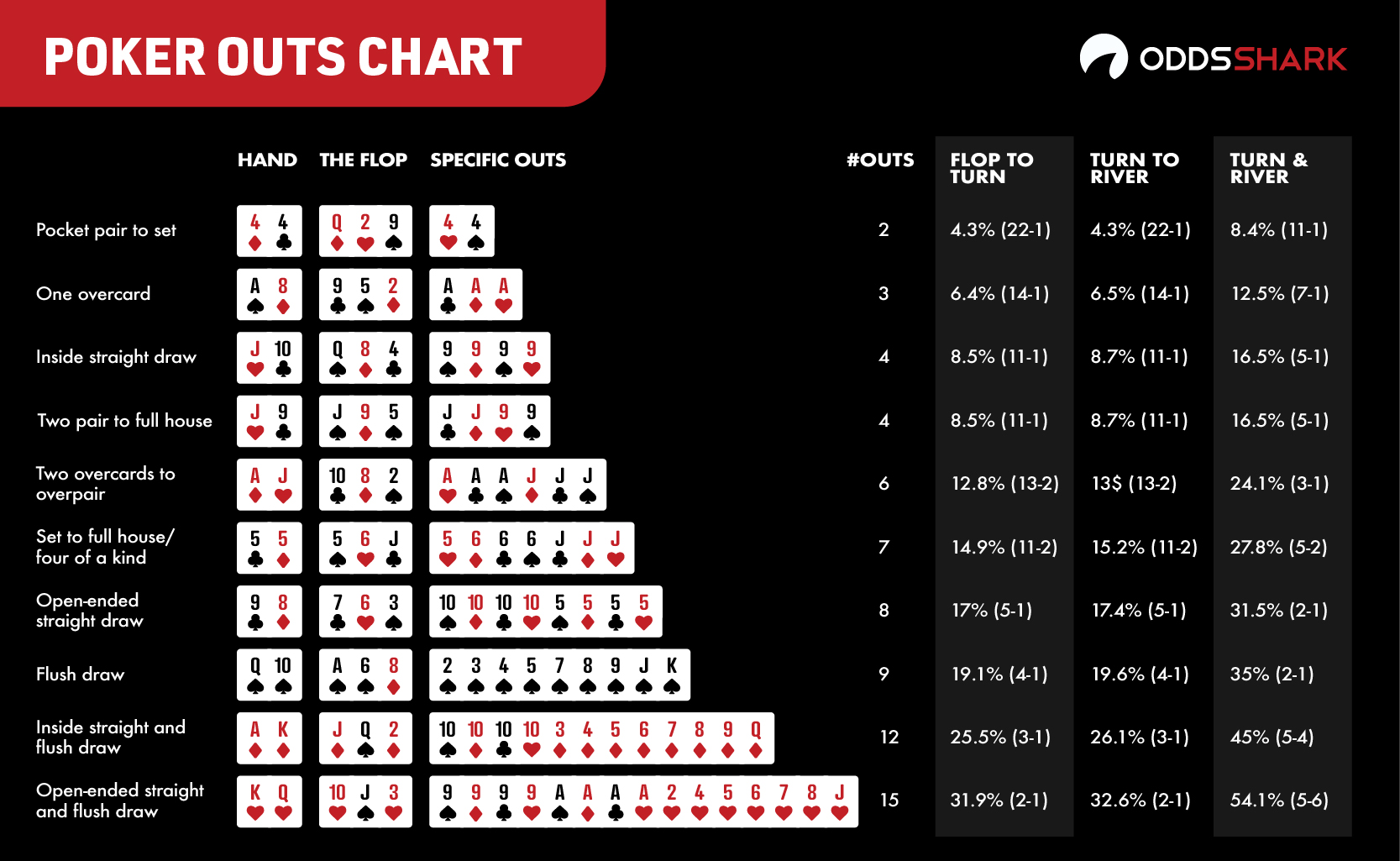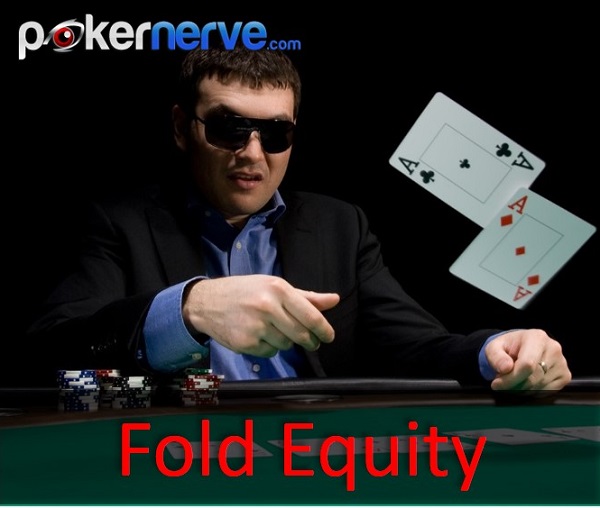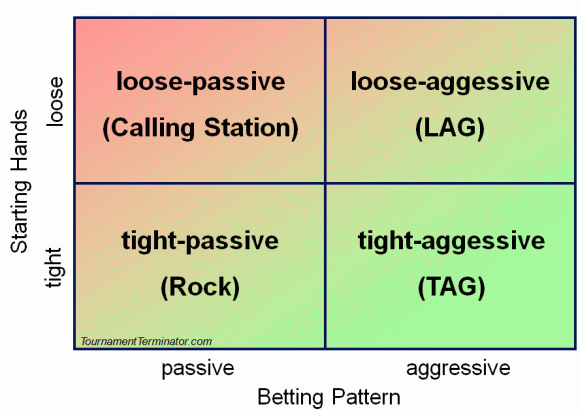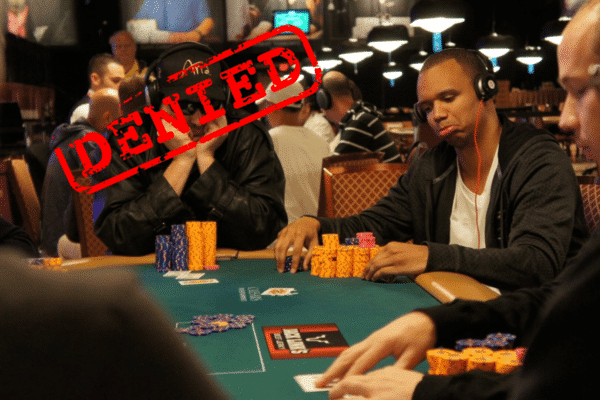Equity Formula Poker
Poker Equity (Pot Equity) By Greg Walker. Equity percentages in this article have been calculated using the handy (and free) PokerStove. Pot equity (or just 'Poker equity') is a mathematical application to poker that helps to explain why you should bet or check in certain situations. Poker Math & Probabilities (Texas Hold'em) The following tables provide various probabilities and odds for many of the common events in a game of Texas hold 'em. Odds% Example Win% 330-to-1 0.30% JJ v 77 80% v 20% 220-to-1 0.45% 55 v AQ 55% v 45% 110-to-1 0.90% 55 v AQs 50% v 50% 82-to-1 1.21% JJ v 75 85% v 15% 82-to-1 1.21% JJ v 75s 80% v 20%. Now apply the formula. The percentage of making your hand is: On the Flop: 8.4 = 32% (with 2 cards to come) On the Turn: 8.2 = 16% (with 1 card to come) This is not 100 per cent accurate but it is close enough to work with at the table. You have A♥ K♥ and flop top pair on a flop of A♠ 3♣ 6♦.

Calculating pot odds is a basic skill that most poker players learn soon after they take up the game. Almost all introductory poker books feature a section on pot odds, but they don’t go into too much depth. The truth is that pot odds and equity calculations are at the heart of being a successful poker player and if you wanted to, you could write a book on the subject. In fact, Bill Chen did just that; his book The Mathematics of Poker doesn’t make for light reading though. In this article we’ll go a little beyond the basics of pot odds, but not far enough so that you’ll have to stop and get a PhD in math to continue half way through.

The Basics of Pot Odds

Fold Equity Formula Poker
Poker is a game of betting, and all betting revolves around odds. If your opponent bets $100 into a $100 pot, then you have to put in $100 to call. This means you’re risking $100 to win $200, representing odds of 2/1. To figure out if a call is profitable, you need to convert the odds on offer to an implied chance of winning. To do this, you simply add the numerator (above the line, 2 in this case) and the denominator (below the line, 1 in this case) and put the denominator above the sum giving you 1/3, or a 33% chance. Taking another example, let’s say your opponent bets $30 into a $70 pot, meaning you must risk $30 to win $100, so your odds are 100/30. Following the same formula as last time, we end up with 30/130, an implied chance of 23%.
So how does this relate to the cards in your hand? The gravest mistake that bad poker players make is continuing with their hand when the pot odds dictate that they should fold. Again, the easiest way to illustrate this is with an example:
Say you’re playing a tournament and you’re holding 7h8h and there are 5000 chips in the pot on the flop which reads AhTs2h and your opponent goes all in for 5,000 chips. When your opponent bets the size of the pot, we found out already that this gives you odds of 2/1 and you need a 33% chance of winning for you to justify continuing with the hand. If you’re certain than your opponent holds AK in this spot then you know that a flush will beat him if you make it.

If you know how to count outs and how the rule of 2 and 4 works, you’ll know that your flush draw has about a 36% chance of hitting on or before the river. The fact that your chances of winning are greater than the pot odds on offer means that a call will show a long term profit and that you can make it in this spot. In fact you can even calculate how many chips you’ll make from the call on average by adding the average chips gained when you hit, to the chips you lose when you miss. 36% of the time you’ll hit, and win 10,000 chips for a total of 3600, and 64% of the time you’ll lose 5000 chips for a total of -3200. The overall total gives you an expected value of +400 chips on average by making the call.
Equity Formula Poker Rules

Let’s imagine the stack sizes are changed and your opponent surprises you by betting all-in for 10,000 chips on the flop. How does that change things? Now you’re risking 10,000 to win 15,000 giving you odds of 15/10 meaning that you need to win [10/(10+15)] = 40% of the time to break even. In this situation if you call, you’ll win 15,000 chips 36% of the time (5400), and you’ll lose 10,000 chips 64% of the time (-6400), so your expected value is now -1000 chips with this call.
In poker, you win when your opponent makes mathematical mistakes. If you bet a tiny amount relative to the size of the pot, you give your opponent very good pot odds and they can very often make a mathematically correct call. If you bet a bigger amount, they’ll generally not be getting the right price to call, and so if they do they’re making a mistake, which means a profit for you in the long run.
Implied Odds
In the examples we’ve discussed so far, the bets we’ve had to call have been all-in bets, and our pot odds calculations have been straightforward. Of course in deeper stacked cash games or early in tournaments, we’ll rarely be facing an all-in bet on the flop. Imagine you’re holding the same 7h 8h on a flop of AhTs2h in a $1/$2 cash game with stacks of $200 and $6 in the pot on the flop. Say your opponent bets $10, giving you odds of 16/10. If his bet was all-in, you’d need a 10/26 = 38% chance of winning the hand to call this bet. Your flush draw doesn’t quite make it, and so if his bet was all-in you should fold. However, with more money to into the pot, you can factor in money you could still possibly win before deciding whether to call or to fold. Let’s say you know this opponent will never fold AK and you’ll stack him if you hit your flush. Now when he bets $10, you’re really being offered his entire stack should you hit, so you need to call the $10 to prospectively win $200 plus the $6 in the pot meaning you’re getting odds of greater than 20/1. In this spot it’s clear that you should continue with your flush draw.
Let’s imagine that the turn comes down the 4d and your opponent bets $20 into the $26 pot, can you still continue. At this stage when implied odds are factored in, you’re being offered the $26 that was initially in the pot, plus his remaining $190 and you need to call $20 to see the river, representing odds of 216/20 or a little better than 10/1, meaning you need to win 9% of the time or more to show a profit.
With just one card to come, you have about an 18% chance of hitting your flush and so you can profitably call again.
Of course this is an extreme example, you can never be 100% sure that you’ll stack your opponent or that you’ll have the winning hand by the river. Even if you make your flush, your opponent could easily fold when you show a lot of strength or show down a higher flush or a full house, which brings us to the subject of reverse implied odds.
Reverese Implied Odds
Our examples above took into account the potential for winning money on later streets if we make our hand. However there are a number of situations in poker where we stand to lose out on money that goes into the pot on future streets. These are known as reverse implied odds situations. An example of reverse implied odds would be calling a re-raise from a tight player with a hand like KQ. If the player has a tight re-raising range then we’ll be put in a lot of difficult spots if we make a hand which we think could be good. For example if he has AK, then we’re in a reverse implied odds spot, as we’re likely to call him down if the flop comes King high, but we’re drawing very thin. Hands where you’re likely to be dominated if you make a pair represent the most common type of reverse implied odds situations.
The most costly scenarios are where you’re drawing to a strong hand but your opponent has a stronger draw, such as a better flush draw or the higher end of a straight. Reverse implied odds situations are particularly difficult to deal with when you’re out of position and will find it difficult to control the size of the pot.